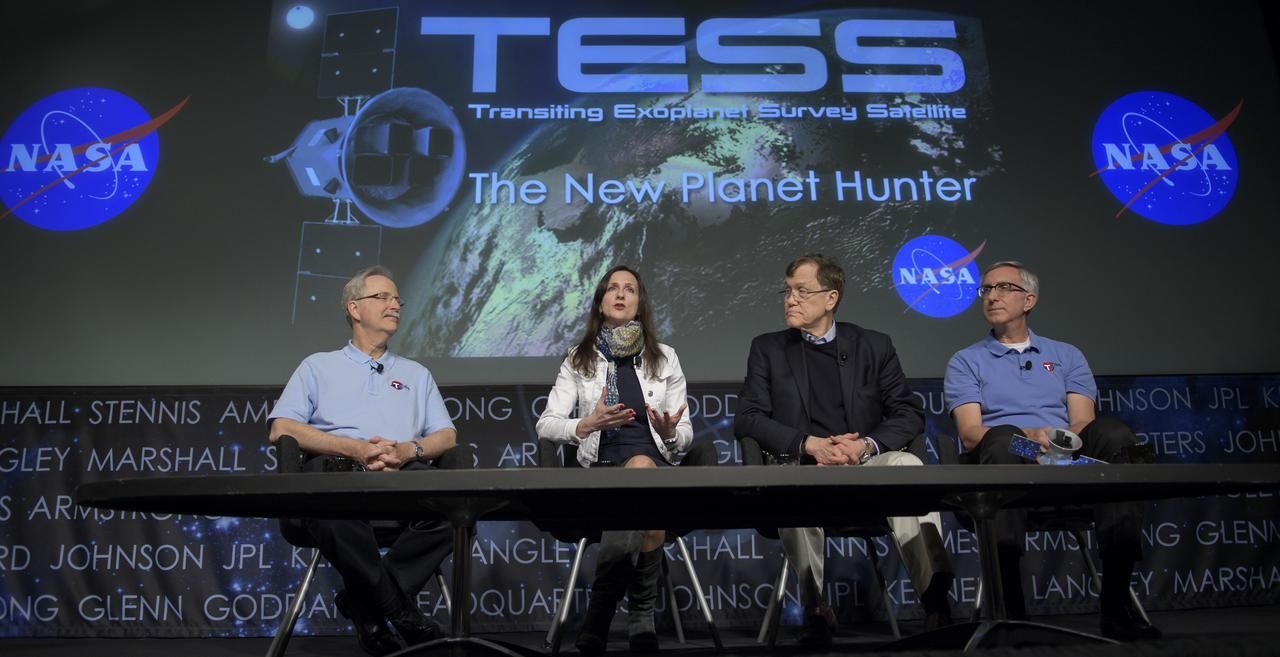Why Is the Pentagon Now Saying That UFOs Are Real?
Article by Charlie Burton May 18, 2021 (gq-magazine.co.uk)
• On April 27, 2020, the US Department of Defense (DoD) released three fighter jet videos – one from 2004, two from 2015 – that showed close encounters with fast-moving objects seeming to interact with Navy aircraft and vessels. The footage had previously leaked to the media, but now the government was putting it on the record “in order to clear up any misconceptions by the public”. The aerial phenomena observed in the videos remain characterized as ‘unidentified’.
• The Navy pilot who captured 2004 UFO footage described the smooth, white, oblong object as resembling a ‘Tic Tac’. It seemed to defy the laws of physics – it had no visible wings, rotors, propulsion system or exhaust plume. Yet it could achieve hypersonic speeds without making a sonic boom; it could descend from 50,000 to 100 feet in a matter of seconds; and it could change direction instantaneously as if without inertia. None of that should even be possible.
• Commander David Fravor said the 40-foot object ran rings around his jet, reacting to its maneuvers and jamming its radar, before disappearing in a heartbeat. “After 18 years of flying, I’ve seen pretty much about everything that I can see in that realm, and this was nothing close,” he told ABC News. “I can tell you, I think it was not from this world.” The New York Times reported that between 2014 and 2015, Navy pilots observed UFOs almost daily. There was even a near midair collision.
• Last July, US senator Marco Rubio told CBS that the issue was a pressing national security concern: “We have things flying over our military bases and places where we’re conducting military exercises. We don’t know what it is and it isn’t ours.” The Pentagon created the Unidentified Aerial Phenomena Task Force to study the UFO/UAP phenomenon, and in December, Congress passed a bill requiring the director of national intelligence and the defense secretary to submit a report on what they know about the UAP issue. This report is due in June.
• For decades, the notion of UFOs has been ridiculed and defined by a lack of hard evidence and official denials. In that context, the US government admitting UFOs are real is monumental. But officials haven’t made the leap to calling these objects extraterrestrial. In December, former CIA director John Brennan said UAPs might involve “a different form of life”. The implications are profound.
• And yet, UFOs are still often treated by news anchors with a smirk. In science and academia the subject remains taboo fringe research. Swaths of the public are unaware, and many of those who are aware either refuse to believe or simply don’t care. Christopher Mellon, a former senior defense official, told Joe Rogan that, after the 2017 New York Times front page UFO article, he was stunned that almost nobody in Congress asked for a briefing.
• How myopic do you have to be? Even if UFOs aren’t extraterrestrial, the consequences could be seismic. If China, say, has beyond-next-gen technology that can violate restricted airspace with impunity, that’s a paradigm shift.
• Christopher French, professor of psychology at Goldsmiths, University of London, says, “If people have made up their minds, one way or the other, it’s one of those issues where it’s very hard to change [their views]. Arguably the most powerful cognitive bias that we all suffer from is confirmation bias. We pay more attention to evidence that supports what we already believe to be true or what we would like to be true.”
• But in other contexts we are happy to countenance the idea of extraterrestrials. NASA’s primary goal for Mars exploration is to “seek signs of life”. The University Of California, Berkeley, facilitates a $100 million project called Breakthrough Listen “aimed at finding evidence of civilizations beyond Earth”.
• “Meanwhile we have these things flying around our atmosphere, that we’re seeing on the radar, that kind of look and act like what you might expect if somebody sent a probe [to Earth]… And yet the scientific community and the government have not wanted to dare to ask the question,” as Mellon told Rogan.
• It’s vital that this attitude changes. If you believe there is only the slimmest chance UAPs represents ‘impossible technology’, humanity owes it to itself to fully investigate. It has been said there are only two Holy Grail questions: is there an afterlife and are we alone in the universe? If whether UFOs are real is no longer a question, the question becomes: ‘what the hell are they?’
• [Editor’s Note] We must keep in mind that so long as our governments are controlled by the deep state, it will never give the people the full truth about anything. Any information coming from the deep state government will be a contrived narrative to forward a deep state agenda. In the case of UFOs, the deep state has lied about and ridiculed the subject since World War II. Their agenda for the past 70 years has been to divert public attention from the true existence of intelligent and technologically advanced extraterrestrial beings visiting our planet in their UFO craft so that the deep state rulers could monopolize this extraterrestrial technology for themselves to develop their own secret space programs and breakaway civilization which doesn’t include us.
Notwithstanding the corrupt deep state government and the complicit media’s ridicule and suppression of ETs/UFOs, there are decades of widespread and compelling testimonial, documentary and photographic evidence that ETs and UFOs do exist. Of course, the deep state media is ignoring all of that and regards the only credible UFO evidence to be the grainy cockpit images of small drone-like objects that seem to have a fixation with our military ships and aircraft. They want the public to know that UFOs are real, but then act like they have no idea what they are. This creates a scenario where they could be labeled as a threat – either from a hostile extraterrestrial civilization or even from China or Russia.
So the deep state agenda here is to create an unknown threat from some drone UFOs swarming Navy ships off of California. (Keep in mind that even these drone UFOs have been around for a long time, and have had every opportunity to attack us if they wanted to.) The truth is that the positive extraterrestrials do not show themselves, and the negative extraterrestrials have already infiltrated our government and industries for their own agenda (i.e.: the deep state). The UFO craft that we now see are generally made by human secret space programs using extraterrestrial technologies – patented by the US Navy over the past five years.
The deep state doesn’t want the public to know that they have this capability. They want the public to think that no one knows what these drone UFOs are or where they come from. And apparently, they have been silencing anyone who threatens this deep state narrative. (see below Dr Michael Salla’s video: “Is Deep State Silencing Insiders That Threaten ‘UFOs Are a National Security Threat’ Narrative?”)
Now that more and more people are ‘waking up’ and the deep state is losing the ‘Information War’ to terrestrial and off-planet forces of the white hat Alliance, they plan to use this sudden revelation of the existence of UFOs in a last ditch effort to control the masses. It might even culminate in a fake ‘false flag’ UFO hologram invasion. This would come after they’ve sufficiently weakened our society by fraudulently installing a puppet president to facilitate a fake pandemic, spread death through gene-altering vaccines, crashed our economy, gutted our medical system, created an energy shortage and a food shortage, and targeted for prosecution so-called ‘domestic terrorists’, who are actually awakened patriots willing to stand up to save our republic from this evil deep state agenda.
So the question is not ‘what are these UFOs?’, but ‘what is the real agenda of the deep state in publicizing these UFO drones?’

UFOs are real – and we have videos to prove it. It’s an extraordinary claim, but that’s precisely

what the Pentagon told the world last year. On 27 April 2020, the US Department Of Defense (DoD) released three videos, one from 2004, two from 2015, shot from the targeting cameras of US Navy Super Hornet fighter jets. They show close encounters with fast-moving, strange-looking objects and include audio of the pilots’ astonishment (“Wow! What is that, man?”). The footage had previously leaked to media organisations, but now the government was putting it on the record. “DoD is releasing the videos in order to clear up any misconceptions by the public on whether or not the footage that has been circulating was real,” it said in an official statement. “The aerial phenomena observed in the videos remain characterized as ‘unidentified’.”
The pilot who captured the 2004 UFO footage, while flying a mission from the USS Nimitz aircraft carrier, has described the smooth, white, oblong object as resembling a Tic Tac.

Although it was observed by multiple military aviators and detected by radar, it seemed to defy the laws of physics. The Navy pilots say it had no visible wings, rotors or propulsion system – infrared cameras didn’t even detect an exhaust plume. Yet it could achieve hypersonic speeds without making a sonic boom; it could descend from 50,000 to 100 feet in a matter of seconds; and it could change direction instantaneously as if without inertia. None of that should even be possible.
One of the other pilots who saw the UFO, Commander David Fravor, then head of the US Navy’s Black Aces combat squadron, said the 40-foot object ran rings around his jet, reacting to its manoeuvres and jamming its radar, before disappearing in a heartbeat. “After 18 years of flying, I’ve seen pretty much about everything that I can

see in that realm, and this was nothing close,” he told ABC News. “I can tell you, I

think it was not from this world.” It wasn’t a one-off. The New York Times reports that between 2014 and 2015, Navy pilots observed UFOs almost daily. There was even a near midair collision.
In 2017, the New York Times made the Navy sightings – and the existence of a secret Pentagon programme investigating such occurrences – a front-page news story. Since then, further Navy videos have emerged and “unidentified aerial phenomena” (or “UAP”, the new official term that has replaced the now-stigmatised “unidentified flying object”) have become a serious talking point. Last July, for instance, the US senator Marco Rubio told CBS that the issue was a pressing national security concern: “We have things flying over our military bases and places where we’re conducting military exercises. We don’t know what it is and it isn’t ours.” The following month, the Pentagon created the Unidentified Aerial Phenomena Task Force “to improve its understanding of, and gain insight into, the nature and origins of UAPs”. Most significantly, in December, Congress passed a bill requiring the director of national intelligence and the defence secretary to submit a report on what they know about the UAP issue. The report is due in June.
10:59 minute Michael Salla video discussing the mysterious silencing of UFO insiders (‘Michael Salla’ YouTube)
FAIR USE NOTICE: This page contains copyrighted material the use of which has not been specifically authorized by the copyright owner. ExoNews.org distributes this material for the purpose of news reporting, educational research, comment and criticism, constituting Fair Use under 17 U.S.C § 107. Please contact the Editor at ExoNews with any copyright issue.


 On Dec. 18, the world learned that Breakthrough Listen, a privately funded search for extraterrestrial
On Dec. 18, the world learned that Breakthrough Listen, a privately funded search for extraterrestrial
















